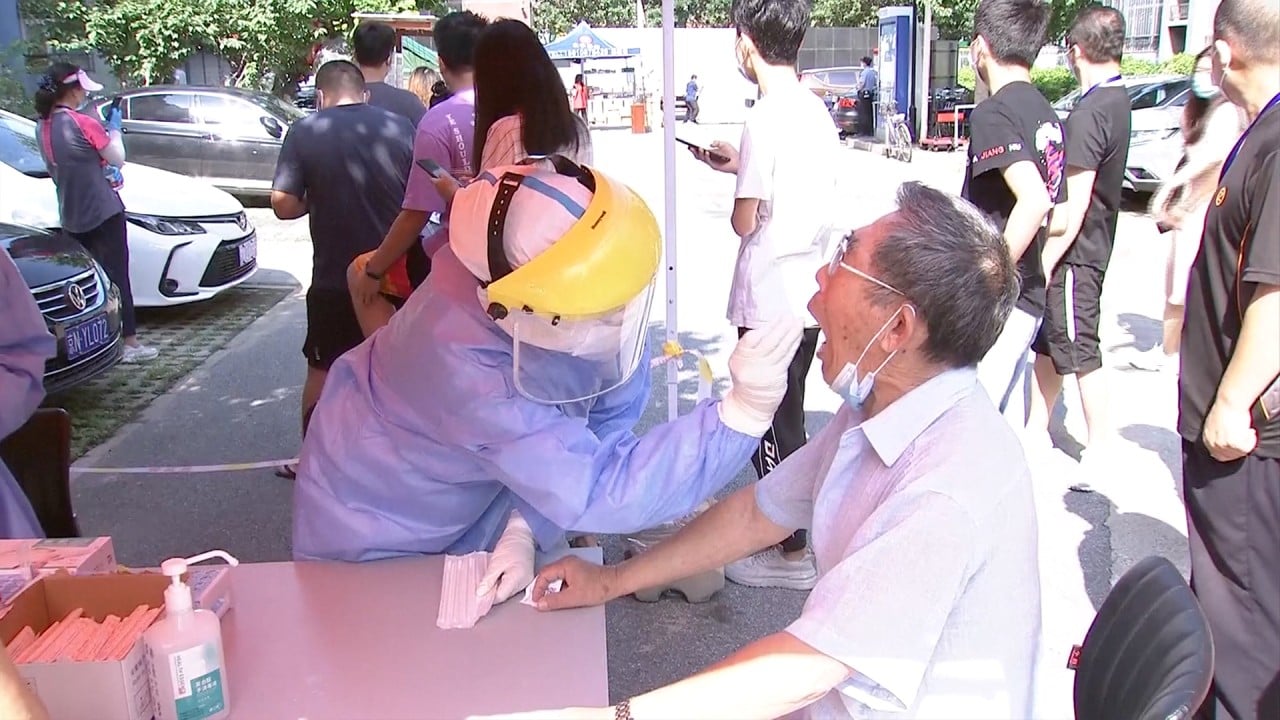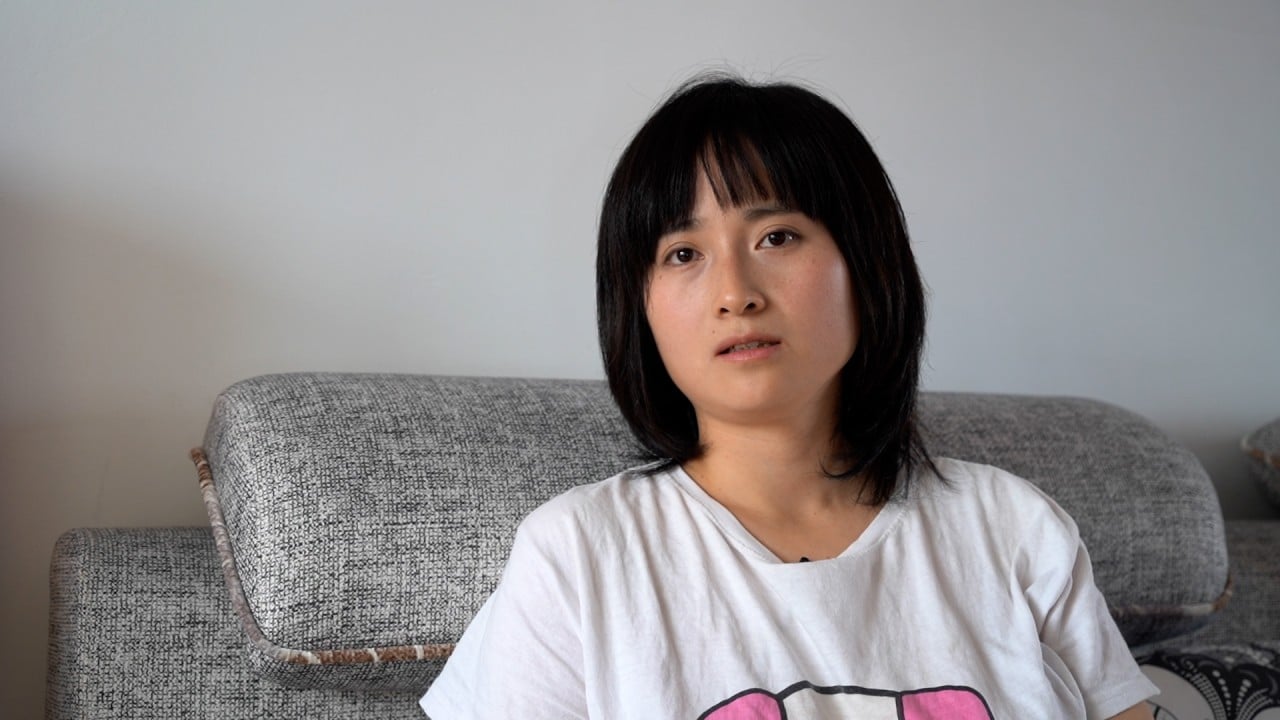
Why China is unlikely to cut interest rates despite economic headwinds
- Monetary policy will probably ease to help small businesses and prevent an economic slump. But a rate cut is a significant and blanket move likely to feed inflation and the housing bubble
With China’s economy losing steam since the second quarter of this year, there is market speculation that the central bank would cut the policy rate, i.e. the loan prime rate, soon. But the market is likely to be disappointed.
However, a rate cut is hardly on the table if we take a closer look at the policy dynamics. The meeting last week by the Politburo, China’s top policymaking body, suggests a largely unchanged monetary policy stance in the coming quarters. Its statement said that monetary policy should remain “prudent” and maintain “reasonably ample liquidity” – a repetition of the wording used at the Politburo’s previous economic meeting in April.
China watchers should know that this suggests the room for rate cuts is very limited for now.
Why China’s central bank is unlikely to cave in to inflation pressure
But things are looking alarming again after the aggressive monetary easing amid the pandemic. Debt remains elevated at around 265 per cent of gross domestic product at end-June, according to data released by the National Institution for Finance and Development. While the debt level has declined for three straight quarters, it remains about 10 percentage points higher compared with pre-pandemic.
From Beijing’s perspective, an overheated housing market not only increases the risk of an asset bubble, but also makes young couples increasingly reluctant to have children. Housing, education and health care are widely seen as the “three mountains” for the young in China, and their elevated costs have caused many families to give up plans to have more babies.

Given that a blanket easing of monetary policy, such as a rate cut, would probably drive up commodity prices and the PPI, it makes more sense for the PBOC to take a more targeted and calibrated easing to help small enterprises.
All told, there is little hope that the Chinese authorities will allow a significant easing of the monetary policy to prevent a further slowdown in the economy. To some extent, Beijing seems prepared for a cyclical slowdown in the second half; the bottom line is only to prevent an economic slump.
Slowdown in China’s economy no cause for market jitters
The statement from the latest Politburo meeting said China would better manage the pace of local government bond issuance and budgeting investment, which would support more infrastructural works at the end of this year and early next year.
China’s fiscal policy was somewhat restrained in the first half of this year, and the pace at which local government bonds were issued was slow compared with previous years. Hence, Beijing is likely to speed up the use of fiscal funds in the coming quarters to prevent a rapid economic deceleration. As growth is likely to be lower at the start of next year due to an extremely high base, policymakers will want to use fiscal policy to help the economy ride through the bumpy period, which is probably around the end of this year and early next year.
To conclude, risk management and a coordinated policy are the key elements of China’s policy agenda. Given the debt and asset bubble risks, a significant policy easing, such as a rate cut, is unlikely to be in the pipeline.
Still, China might allow a fiscal policy that is bit more proactive to help the economy sail through the headwinds ahead.
Hao Zhou is senior emerging markets economist at Commerzbank



